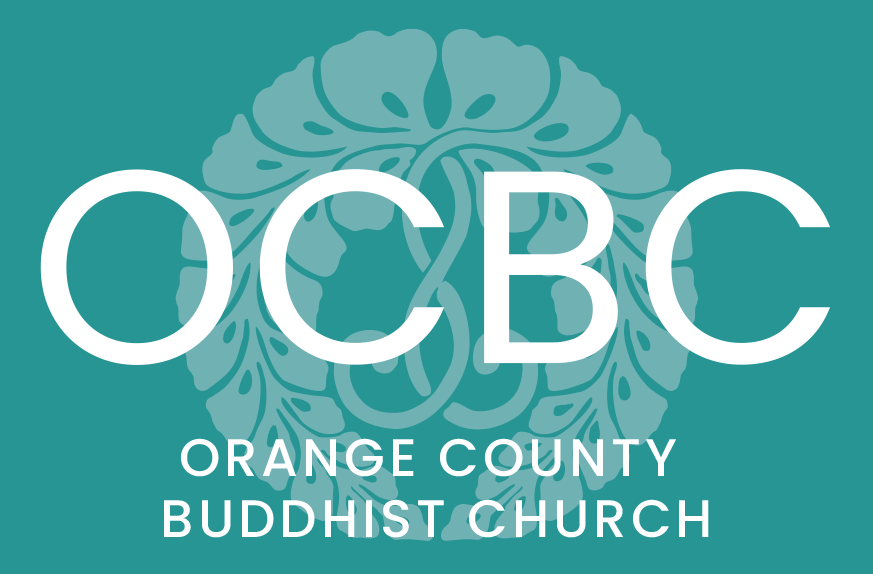Gradually Sudden
It is important to remember that Mahayana Buddhism began to appear while Buddhism was evolving from an oral tradition to a written tradition. Oral traditions tend to be communal while written traditions tend to be more individual. It is the individualistic nature of writing that encouraged monks to express their personal samadhi experiences in words. Overtime, these writings became known as sutras of the Mahayana. Sutras which capture authentic, personal encounters with the very same truth that Shakyamuni described in the Pali canon.
Pre-Mahayana Buddhism has been characterized as a way of life that was predicated on the practice of discipline. This has led to the observation that Buddhism did not become a religion until the creation of Mahayana Buddhism. It was created in response to the deepest yearnings of mankind. It was religious in the sense that liberation is found in the transcendent. It is this sense of the transcendent that gives Mahayana Buddhism its unique appeal. So unique, in fact, that some do not consider the Mahayana to be Buddhism. And from a strictly Pre-Mahayana perspective it may not be. However, if we take a more gradualist approach, we can see that the development of Mahayana Buddhism is a very, slow natural progression. This is Mahayana Buddhism as an evolution not a revolution. In other words, the development of Buddhism should be viewed as a continuum rather than as a series of sudden events.
Historians, in general, are beginning to acknowledge that when events are depicted as merely sudden then the resulting explanations are often too simplistic to capture “life on the ground.” Sudden theories are clean while life is messy. The gradualist argument for Mahayana Buddhism is summarized quite well in the following quotation from Paul Williams:
It is important [when] looking at the development of Buddhism in India between the death of the Buddha and the rise of Mahayana to remember that we are dealing with centuries of doctrinal change combined with geographic dispersal over a subcontinent. It is easy to forget that while we can write in a few words about changes which took, say, two hundred years, this is nevertheless to render artificially definite what was in reality a gradual shift not experienced, not lived through, by any one person. A series of gradual, almost imperceptible changes, from the perspective of the scholar who stands back and observes centuries in one glance, can indicate a massive change that no monk or lay person experienced.[1]
It may be helpful to illustrate this gradual process through a metaphor.
One day a man was wondering in the wilderness and came upon a movie theater. This theater was called The Bodhi Tree. He went inside, sat alone in the dark and watched the film that was playing. This event changed his life. He left the theater and told everyone he could about this movie. He reviewed and analyzed the movie for others hoping to encourage them to go see it. In time he was successful, and many went to the very same theater to see the movie assuming that this was the only place the movie was playing. Thousands of people got in line to see the film. However, the theater was very small, and only one person could view the movie at a time. The movie was also very long so the line moved very, very slowly.
The wait to see the movie became so long that over time those in line began to forget about seeing the movie itself. Instead, they concentrated on the story and the man that had told them about the movie. Standing in line began to evolve into a practice itself. One had to behave and follow certain rules to maintain their place in line. And those in front were considered far superior to those in the back of the line since they got to see the movie first.
However, there were some at the back of the line that got very discouraged. The wait to see the film was far too long, and they were also unable to behave properly in line. Rather than just giving up, these back-enders began to look around for other theaters that might be playing the same film. As they explored other venues, they began to realize that the film was not only being played in other theaters, but it was also being projected on all the walls of the countryside. This encouraged more and more people to view the film. As they watched the film, they also began to realize that they themselves had been starring in this film all along. The film was not some separate reality that one watches, but in fact, it was reality itself and the title of this film was Namo Amida Butsu.
These special people then went out to all sentient beings to explain what they found. It seemed too simple to be true, but everyone was starring in this film and all one needed to do was realize it. And for the first time every one could watch the film simultaneously without any conditions or restrictions. Of course, the people that were still waiting in line were not so happy to hear this and were convinced that this could not be so and continued to wait their turn in line. They gradually waited their turn while the others suddenly saw the movie.
Namoamidabutsu, Rev Jon Turner
[1] Paul Williams, “Introduction” in Mahayana Buddhism: The Doctrinal Foundations (New York: Routledge, 1989), 7.


